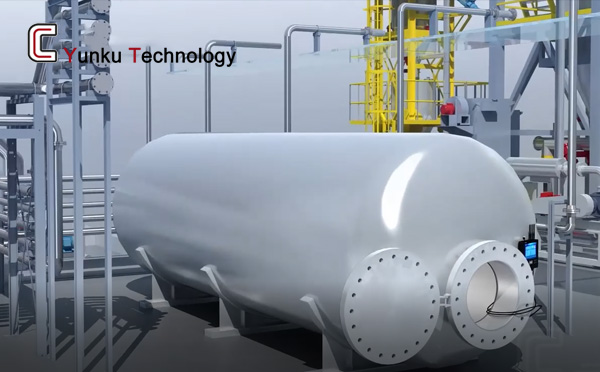- current location:
- Home
- >
- News
- >
- Safety Knowledge
-
How dangerous is confined space work
Confined space operations carry considerable risk and are exposed to a wide range of potential hazards. Due to the confined nature of the working environment, operators often have to deal with a variety of hazardous factors, including lack of oxygen, high and low temperatures, as well as toxic and flammable gases. These factors not only jeopardize the health of the operators, but may also cause serious safety accidents resulting in personal injury and property damage. Confined Spaces Accident such as poisoning, asphyxiation and explosion occur relatively frequently in confined space operations, posing a significant threat to the lives and safety of the employees.

Narrow operating environments are usually poorly ventilated, and oxygen deficiency is a particularly significant problem. With insufficient oxygen in the air, workers are easily exposed to the risk of asphyxiation. In addition, toxic gases such as carbon monoxide and hydrogen sulfide may be present in some confined spaces. Without proper respiratory protection or if protection fails, workers may inhale these dangerous gases, leading to poisoning accidents. Meanwhile, in hot environments, workers are at risk of heat stroke and heat exhaustion, while in cold environments, they are at risk of frostbite and hypothermia. All of these health problems pose a serious threat to the health of operators.
Therefore, it is important to take the necessary safety measures when working in confined spaces. This includes wearing suitable protective gear, using various safety equipment and avoiding open flames. At the same time, operators should receive the necessary safety training and emergency drills so that they can respond correctly in case of emergencies. At the site where confined space is set up, there may be the presence of flammable and explosive gases, such as methane and hydrogen, which, if mixed with air and encountered with an ignition source, will explode, resulting in serious casualties and property damage.
Confined space operation is an occupation that involves a high degree of risk, so practitioners must be fully aware of the potential risk factors and take appropriate protective measures. They should always maintain a high degree of vigilance during the operation and strictly observe the safety operation procedures to ensure the safety of themselves and others. At the same time, employers should also provide the necessary training and safety measures for the operators to ensure that they can maintain their safety and health in confined space operations.
Previous Confined space operation safety protection specification
Next No more
more about [confined,space,operation,gas,detection,hazardous,gas,confined,space,monitoring]:
• Confined space operation safety protection specification
• Safety Alert on Confined Spaces Accident with Nitrogen Asphyxiation
• Confined space operation meets hydrogen sulfide poisoning, how to respond scientifically?
• How to do a good job of confined space operation protection
• Safety Protection and Emergency Rescue for Confined Space Operations

